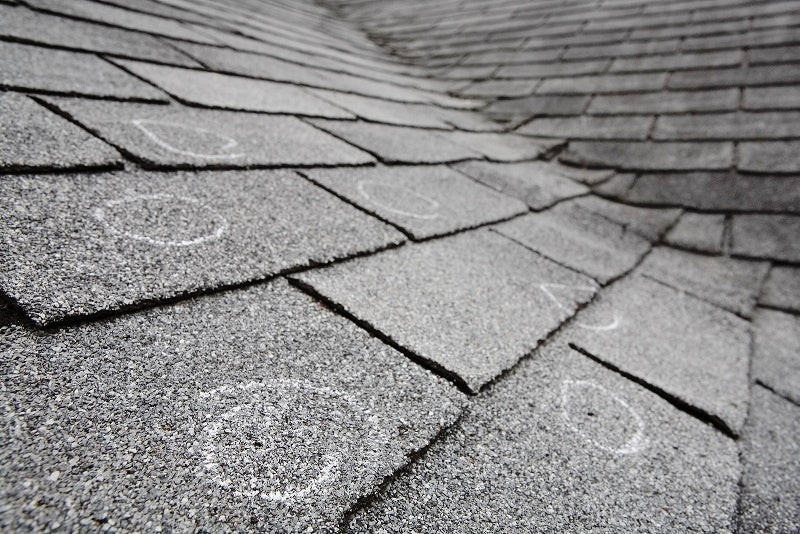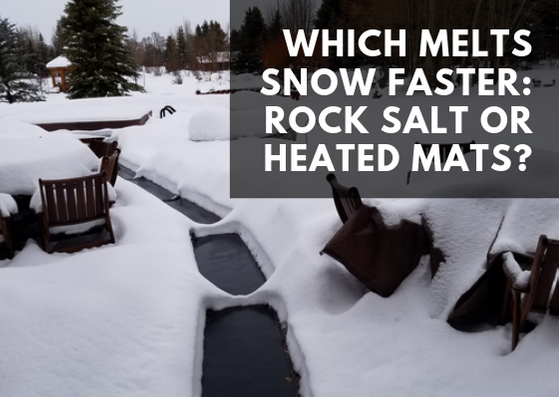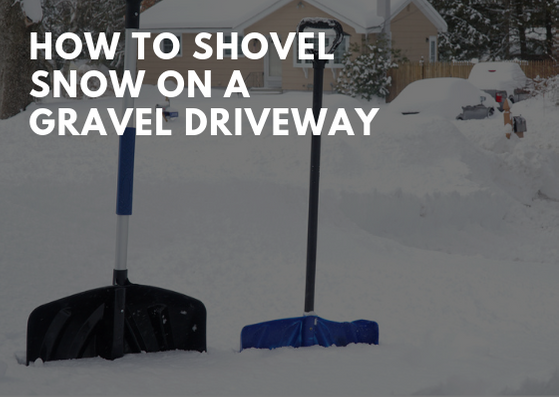
Homeowners have good reason to be concerned about their roofing after a major hail storm has passed through their neighborhood. Shingles shocked by hail impacts not only hurt your home's curb appeal, but they can also weaken shingles and shorten their lifespan. Further, hail damage to roofing can give water a path to your roof decking, and ultimately lead to leaks that can severely damage interior ceilings, walls, and floors.
Thus, it is crucial to identify and repair hail damage to your roof as early as possible to prevent additional problems from developing. Below, we offer eight tips to homeowners on how to spot hail damage, how to deal with insurers, and how to hire the right roofing contractor in the aftermath of a severe hail storm.
1. Look for damage on the inside of your house.
If you notice water stains/slow drips on your ceiling soon after a hail storm, the odds are it is not a coincidence but a cause-effect relationship that is involved. Consider it an emergency and contact a roofer immediately to locate and eliminate the leak.
2. Inspect your home's exterior and roofing.
If you see hail impact marks on decks, driveways, and siding, do not hesitate to inspect the roofing next. If there are dents on the gutters, downspouts, roof flashing, and roof vents, you should closely inspect your shingles. Look for randomly distributed, circular areas with missing granules, small cracks/dings, and that are soft to the touch. These "roof blisters" are not always pronounced, and you may have to feel for them as well as look for them.
3. Contact the National Weather Service to get a storm report.
This will give you some solid statistics on hail size, wind speed and direction, storm duration, and other factors that would have affected how much damage hail would likely do to your roof.
4. Call your homeowner's insurance provider to inform them you are making a claim.
Be sure you have read up on your policy's contract details so you know what to expect, and definitely understand that your insurer will send out an adjuster to assess the damage and replacement cost.
5. Contact an experienced, local roofer whom you can trust.
Be wary of "storm chasers" who show up at your door right after a storm, offering you "irresistible discounts." Most of them are not trustworthy. Instead, find a state-licensed roofing contractor with specific experience in inspecting/repairing hail-damaged roofs. They should also be certified by the manufacturer of the roofing material they will be installing and have a good rating with the Better Business Bureau and/or other "business evaluation organizations."
6. Find a contractor who offers free estimates/inspections.
Most good roofers are confident enough they will land jobs they inspect that they feel no need to charge you just to look at your roof, assess the damage, and calculate an initial estimate. You may want to get at least two or three estimates, but only use roofing companies that are willing to give you a free estimate/inspection.
7. Make sure your chosen roofer is willing to communicate with your insurer.
Your insurance company may want a consultation with the roofer to verify what damage was done to the roof, what specifically needs to be repaired, and how much it is going to cost. If they are confident in the roofer's ability to make a close estimate, they will likely allow him to do the job for the price he has named (with full reimbursement).
8. Don't be concerned if your insurer holds back some/all of the money until the repairs are completed.
It is normal for insurers to pay directly to roofing contractors instead of to the homeowner since they are worried about the money being "pocketed" or used for other purposes. Since you need your roof repaired and have no intention of using the claim money for any other purpose, it really shouldn't matter how much of the claim is paid out when and directly to whom. As long as the hail damage has been corrected, "All's well that ends well."


